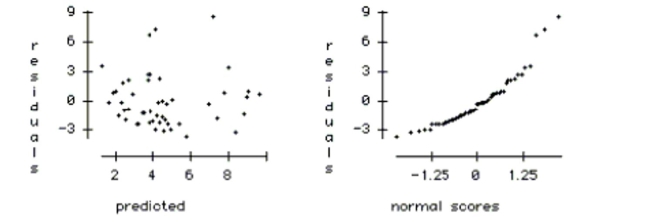Homelessness is a problem in many large U.S. cities. To better understand the problem, a
multiple regression was used to model the rate of homelessness based on several
explanatory variables. The following data were collected for 50 large U.S. cities. The
regression results appear below. Homeless number of homeless people per 10,000 in a city Poverty percent of residents with income under the poverty line Unemployment percent of residents unemployed Temperature average yearly temperature (in degrees .)
Dependent variable is Homeless
squared squared (adjusted)
with degrees of freedom
a. Using a 5% level of significance, which variables are associated with the number of
homeless in a city?
b. Explain the meaning of the coefficient of temperature in the context of this problem.
c. Explain the meaning of the coefficient of rent control in the context of this problem.
d. Do the results suggest that having rent control laws in a city causes higher levels of
homelessness? Explain.
e. If we created a new model by adding several more explanatory variables, which statistic
should be used to compare them
f. Using the plots below, check the regression conditions. 
Definitions:
Overt Discrimination
Clear, open, and deliberate unequal treatment of individuals based on categories such as race, age, gender, or religion.
Subtle Discrimination
Discriminatory practices or behaviors that are not overt or blatant, often difficult to identify and address.
Work-related Outcomes
Consequences or results that stem from one's engagement in work activities, including job satisfaction, productivity, and performance levels.
Predominantly Feminine
Characterized by qualities or values culturally associated with women, such as empathy, cooperation, and nurturing.
Q43: Assembly line Your new job at
Q51: A regression analysis of students' AP*
Q69: A lakeside restaurant found the correlation between
Q82: Which of these variables is most likely
Q91: The advantage of making a stem-and-leaf display
Q165: Hoping to get information that would allow
Q345: Consider the following part of a
Q457: A consumer group collected information on HDTVs
Q491: Identify the response variable.
Q771: UFOs. A National Geographic survey in 2012